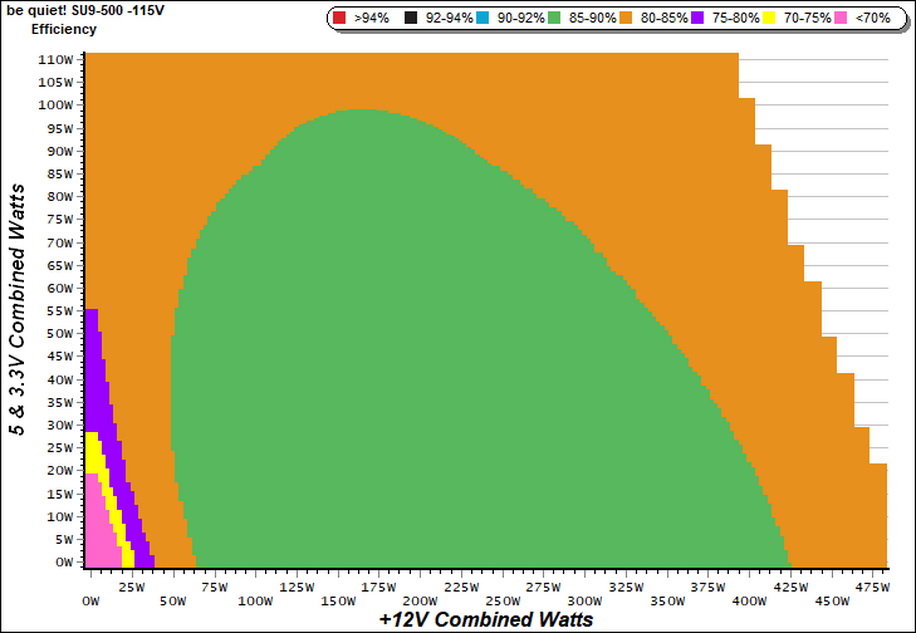be quiet! System Power U9 500W PSU Review: Affordable and Quiet
Why you can trust Tom's Hardware
Protection Features, DC Power Sequencing, Cross-Load Tests and Infrared Images
Protection Features
Check out our PSUs 101 article to learn more about PSU protection features.
| Protection Features | |
| OCP | 12V1: 26.1A (108.75%), 11.87V 12V2: 26.25A (131.25%), 11.85V 5V: 24.1A (150.63%), 5.002V 3.3V: 32.9A (137.08%), 3.29V 5VSB: 3.6A (120%), 5.008V |
| OPP | 671.83W (134.37%) |
| OTP | ✓ (101°C @ 12V Heat Sink) |
| SCP | 12V: ✓ 5V: ✓ 3.3V: ✓ 5VSB: ✓ -12V: ✓ |
| PWR_OK | Proper Operation (<16ms) |
| NLO | ✓ |
| SIP | Surge: MOV Inrush: NTC Thermistor |
Both rails have identical OCP triggering points with the one at 12V1 being set quite low though, given that, on paper, this rail is stronger than 12V2. The minor rails have higher than 130% OCP thresholds while the 5VSB rail is properly set.
The over temperature protection is set lower compared to other units that we have tested so far, but at least it is working well. Finally, there is an MOV (Metal Oxide Varistor) in the transient filter providing protection against spikes and voltage surges, while an NTC themistor lowers the inrush currents of the small bulk cap.
DC Power Sequencing
According to Intel’s most recent Power Supply Design Guide (revision 1.4), the +12V and 5V outputs must be equal to or greater than the 3.3V rail at all times. Unfortunately, Intel doesn't mention why it is so important to always keep the 3.3V rail's voltage lower, than the levels of the other two outputs.

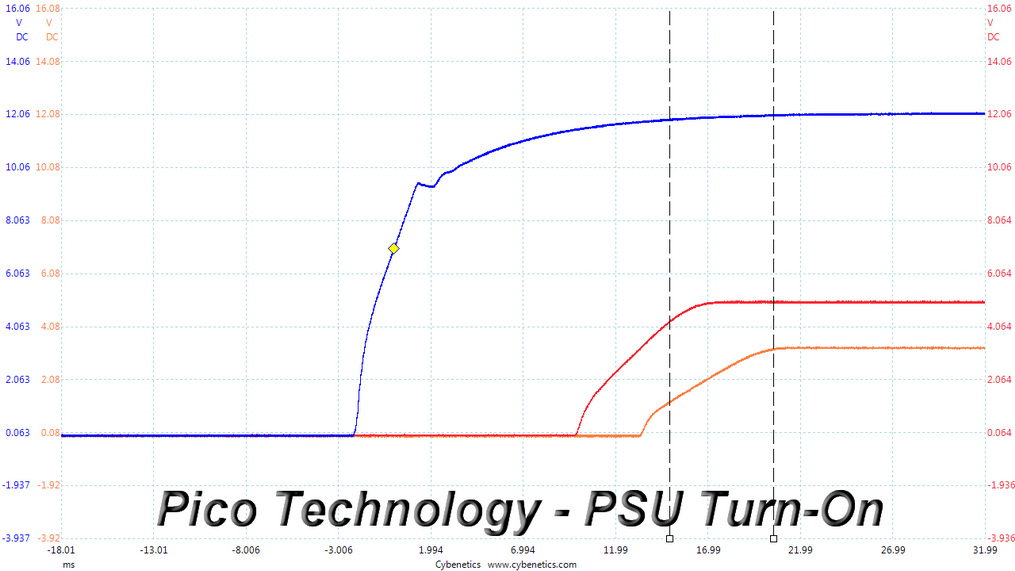
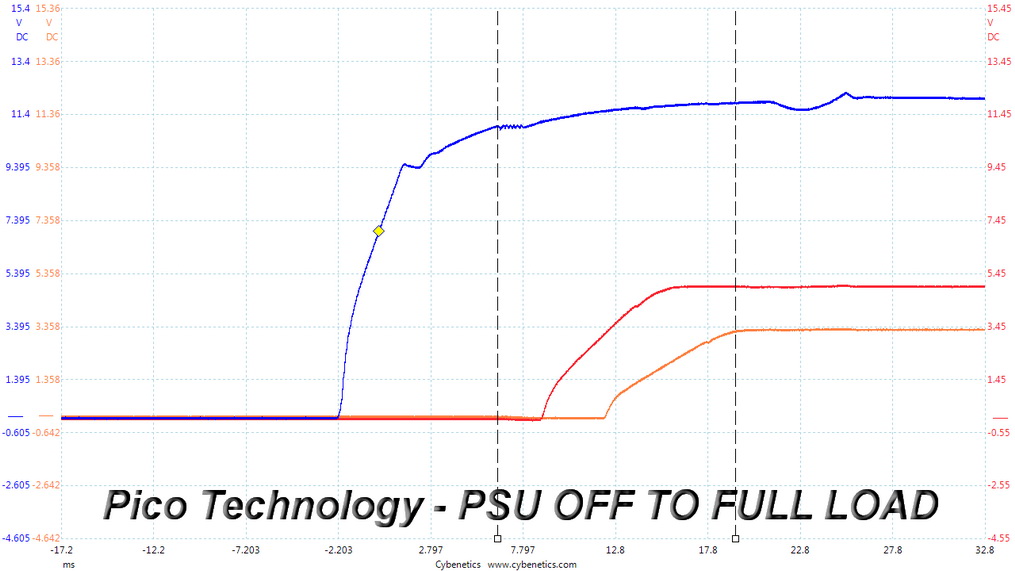
The 3,3V rail is lower than the others, in all cases. This means that everything is according to the ATX spec's requirements.
Cross Load Tests
Get Tom's Hardware's best news and in-depth reviews, straight to your inbox.
To generate the following charts, we set our loaders to auto mode through custom-made software before trying more than 25,000 possible load combinations with the +12V, 5V, and 3.3V rails. The deviations in each of the charts below are calculated by taking the nominal values of the rails (12V, 5V, and 3.3V) as point zero. The ambient temperature during testing was between 30°C (86°F) and 32°C (89.6°F).
Load Regulation Charts
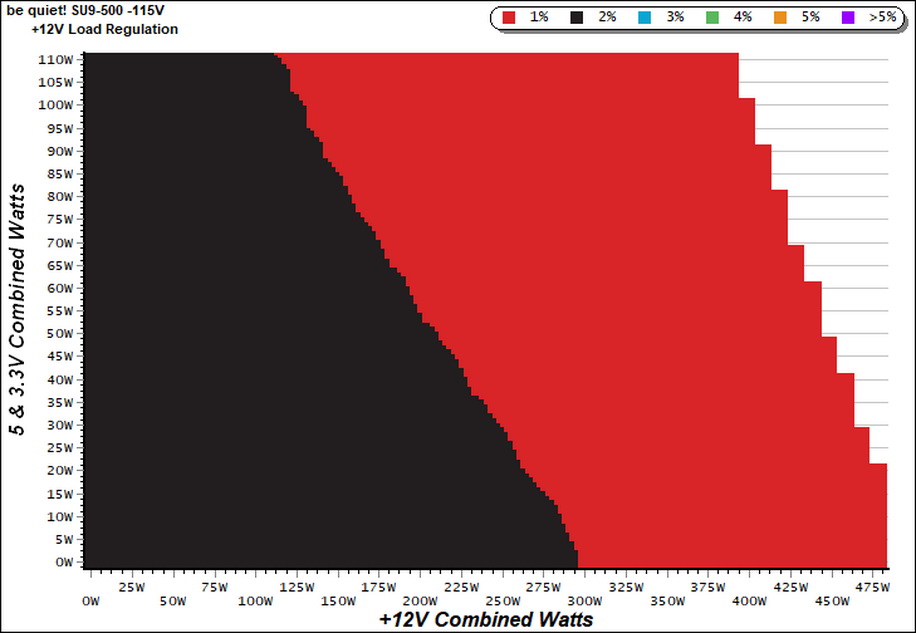
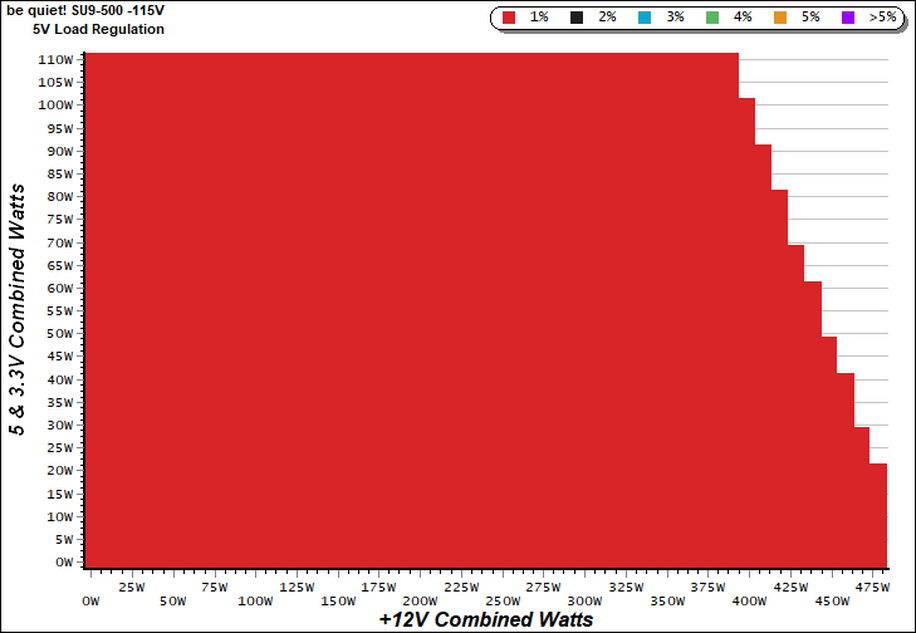
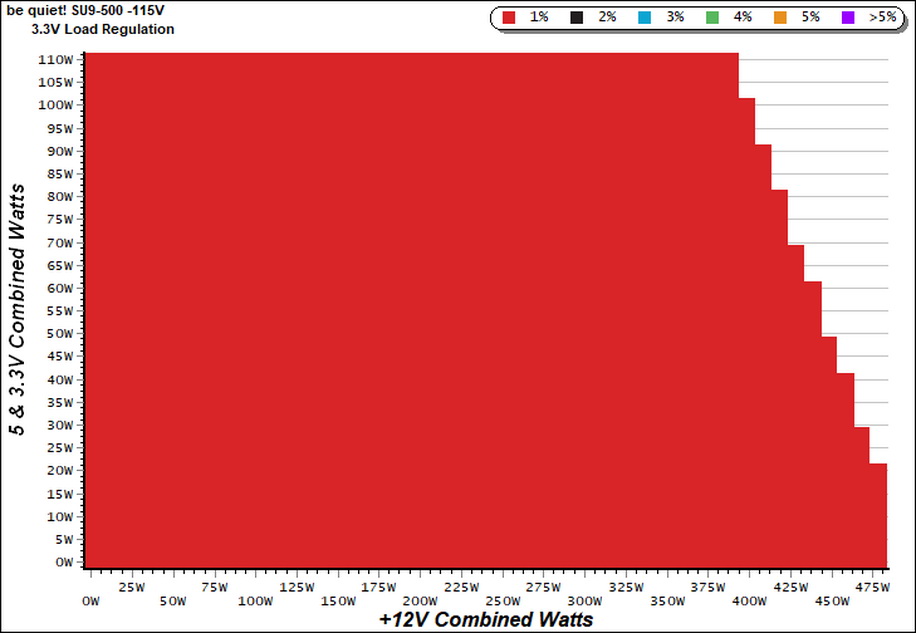
Efficiency Chart
The efficiency levels are within 85-90% for a great part of the PSU''s operation range.
Ripple Charts
The lower the power supply's ripple the more stable the system will be and less stress will be also applied to its components.
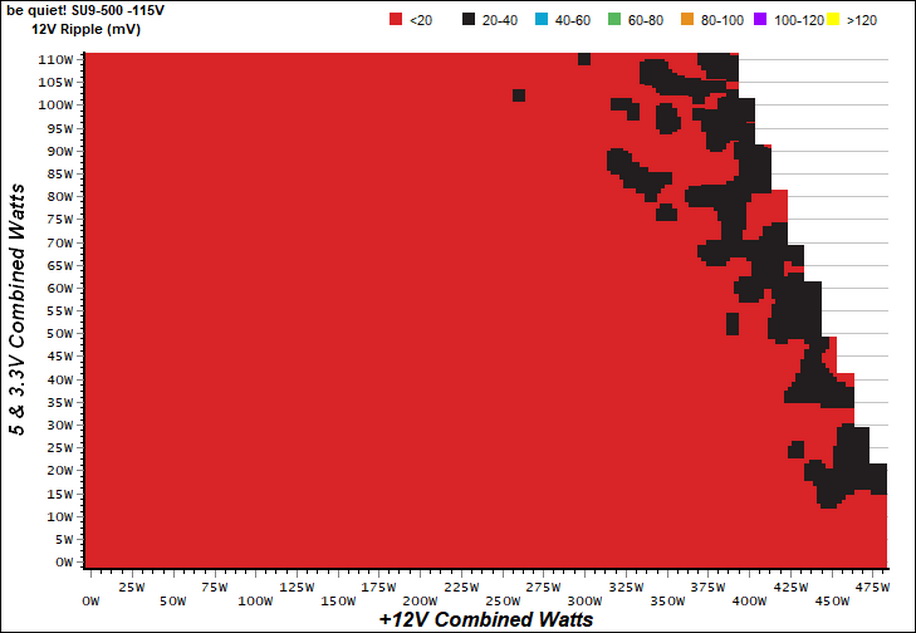


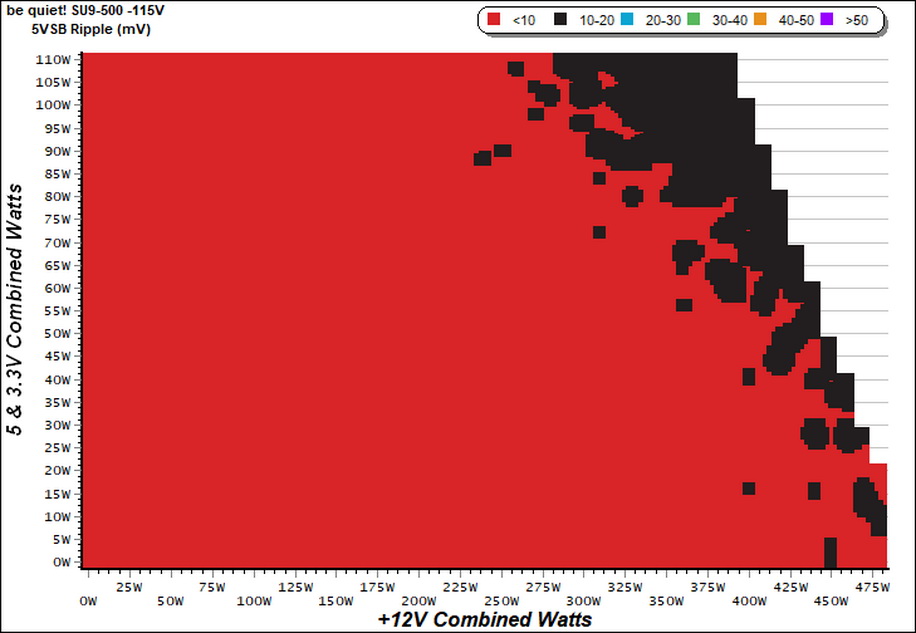
Infrared Images
We apply a half-load for 10 minutes with the PSU's top cover and cooling fan removed before taking photos with a modified FLIR E4 camera able to deliver an IR resolution of 320x240 (76,800 pixels).
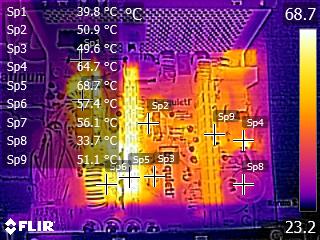
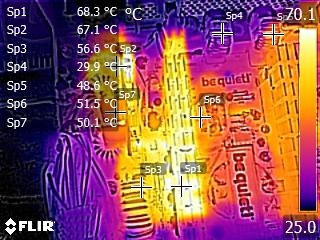
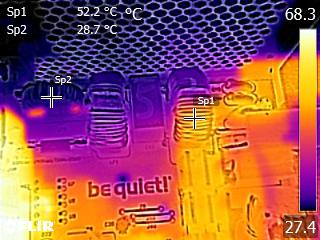
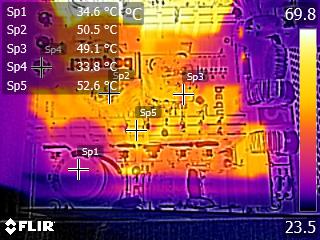

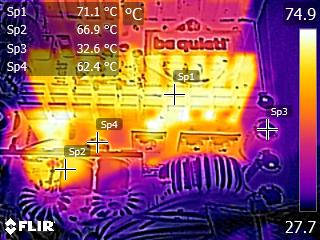
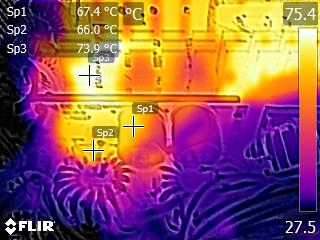
The temperatures stay at normal levels considering the lack of active cooling. This is why be quiet! applied such a relaxed fan profile in this unit.
MORE: Best Power Supplies
MORE: How We Test Power Supplies
MORE: All Power Supply Content
Current page: Protection Features, DC Power Sequencing, Cross-Load Tests and Infrared Images
Prev Page Load Regulation, Hold-Up Time, Inrush Current, Efficiency and Noise Next Page Transient Response Tests, Ripple Measurements and EMC Pre-Compliance Testing
Aris Mpitziopoulos is a contributing editor at Tom's Hardware, covering PSUs.
